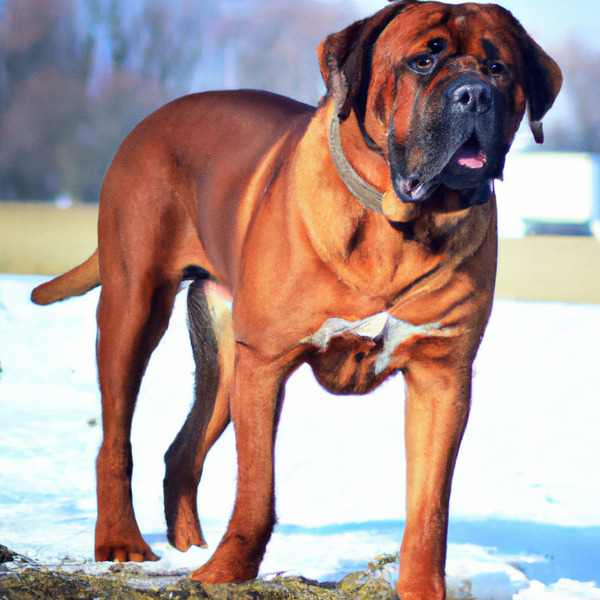Tosa vs. Rottle: Breed Differences and Similarities
Hypoallergenic
Are Tosas or Rottles hypoallergenic, or neither?
Unfortunately, neither Tosa nor Rottle are hypoallergenic, which may not make them the best choice for dog lovers who suffer from pet allergies.
Origin
What is the origin of Tosa and Rottle dog breeds?
Japan
Germany
Ancestry
What are the origins of Tosa and Rottle breeds?
Kocki, Shikoku, Mastiff, German Pointer, St. Bernard
Poodle, Rottweiler
Date of Birth
When were Tosa and Rottle breeds first developed?
1800s
1980s
Eye Color Possibilites
What are the eye colors of Tosa and Rottle dogs?
Brown
Brown
Nose Color Possibilites
What are the natural nose colors of Tosa and Rottle?
Black
Black
Coat Color Possibilites
What are the natural colors of the coat for Tosa and Rottle breeds?
Fawn
Red
Brindle
Black
Black
Gray
Brown
Red
Cream
Blue
White
Pied
Coat Length
What is the typical coat length for Tosa and Rottle breeds?
Tosas have coats that can be either short or medium in length.
Rottles have longer coats compared to most dogs.
Coat Density
What is the density of the coat of Tosa and Rottle?
Coat Texture
What is the hair texture of Tosa and Rottle?
Straight
Curly
Litter Size
What is the usual litter size for Tosa and Rottle?
A Tosa can have a litter of 10-12 puppies on average. However, it's worth noting that the size of the litters can vary greatly. Factors that can influence litter size include the health of the mother, breeding history, and genetics.
A Rottle can have a litter of 8-12 puppies on average. However, it's worth noting that the size of the litters can vary greatly. Factors that can influence litter size include the health of the mother, breeding history, and genetics.
Major Concerns
What are the major health concerns for Tosa and Rottle breeds?
Hip Dysplasia
Gastric Dilation Volvulus (GDV) or Bloat
Patellar Luxation
Hip And Elbow Dysplasia
Subaortic Stenosis
Mitral Valve Dysplasia
Gastric Dilation Volvulus (GDV) or Bloat
Minor Concerns
What minor health issues should be kept in mind when owning Tosa and Rottle?
Eye Problems
Sebaceous Adenitis
Von Willebrand's Disease
Osteochondritis Dissecans
Progressive Retinal Atrophy (PRA)
Occasional Tests
What occasional tests are recommended for Tosa and Rottle breeds?
OFA
CERF
X-Rays
Full Physical Examination
Eye Examination
Skin Evaluation
Cardiac Ultrasound
Blood And Urine Analysis
Diagnostic Imaging
DNA
Activity Level
Which breed has higher energy, Tosas or Rottles?
Tosas are medium-energy dogs and typically enjoy socializing and playing casual or even sustained games of chase with other dogs. They may also have occasional periods of barking or racing around the house.
Rottles are high-energy dogs. They need mental as well as physical exercise. These dogs require a lot of your involvement and without it they can, and will, become problematic dogs.
Walks per Week
How many miles should Tosa or Rottle walk each week?
There's really no limit to how far you walk your dog as long as they're comfortable. For Tosa, it's at least 10 miles / week. Just remember to build distance and stamina gradually over time.
There's really no limit to how far you walk your dog as long as they're comfortable. For Rottle, it's at least 14 miles / week. Just remember to build distance and stamina gradually over time.
Activity per Day
Do Tosas or Rottles require more exercise?
In general most Tosas usually need at least 60 minutes of exercise daily. This can be spread across the day and include all sorts of high-energy activities, like walking, running and playing.
In general most Rottles usually need at least 90 minutes of exercise daily. This can be spread across the day and include all sorts of high-energy activities, like walking, running and playing.
Brushing Frequency
What is the recommended brushing frequency for Tosa and Rottle dogs?
Tosa should be brushed at least once a week. Of course you can give them more frequent brushes if you find that they are still shedding a lot
Ideally, Rottle should be brushed at least 2 or 3 times a week (preferably daily) improve shedding.
Brushing Tools
What brushing tools are used for Tosas and Rottles?
Slicker Brush
Nail Clipper
Pin Brush
Comb
Clipper
Nail Clipper
Cups
How much food should be given to Tosa or Rottle in cups?
For an average 120-170 pound (54 - 77 kg) Tosa feed 4 cups daily. But, keep in mind, the amount you feed is going to be dependent on the quality of the food you are feeding.
For an average 60-100 pound (27 - 45 kg) Rottle feed 3.5 cups daily. But, keep in mind, the amount you feed is going to be dependent on the quality of the food you are feeding.
Daily Cost
Which breed has a higher daily cost, Tosa or Rottle?
The average cost of a Tosa is somewhere $3.90 - $4.20 per day.
The average cost of a Rottle is somewhere $3.40 - $4.50 per day.
Monthly Cost
Which breed has a higher monthly cost, Tosa or Rottle?
The average per month expenses of a Tosa is between $112 - $126. This makes an average of $1344 - $1512 per year. It will be on the higher side when the dog is still small because it will need more frequent visits to the vet, shots.
The average per month expenses of a Rottle is between $101 - $134. This makes an average of $1212 - $1608 per year. It will be on the higher side when the dog is still small because it will need more frequent visits to the vet, shots.
Compare Tosa with other breeds
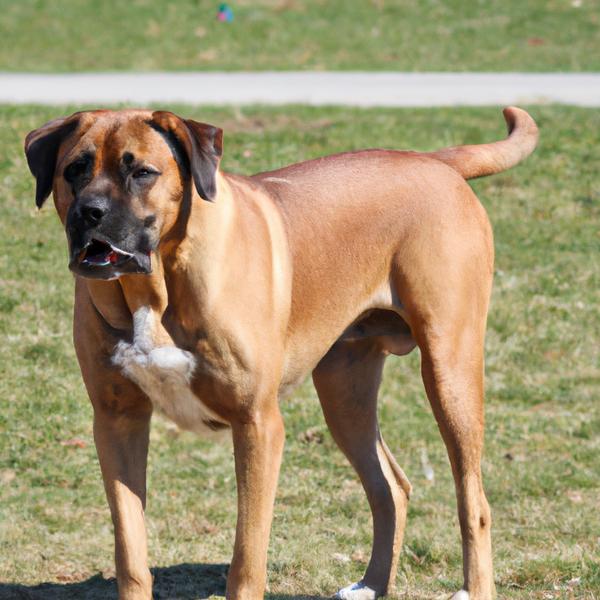
Boxane
Tosa vs Boxane

Lhasa-Coton
Tosa vs Lhasa-Coton
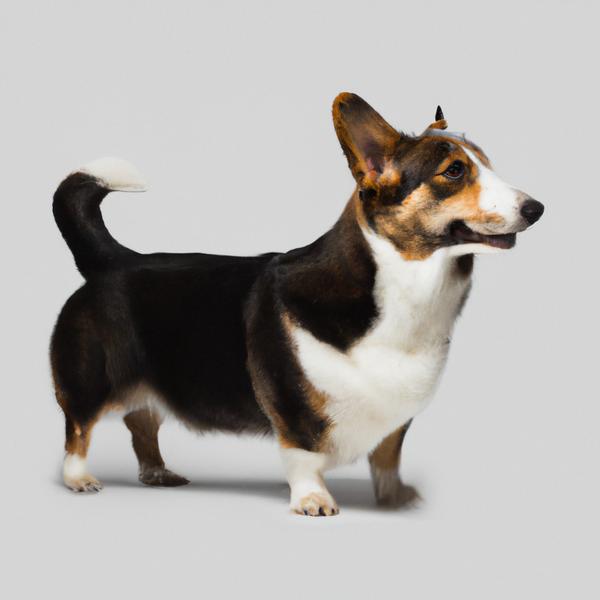
Cardigan Welsh Corgi
Tosa vs Cardigan Welsh Corgi
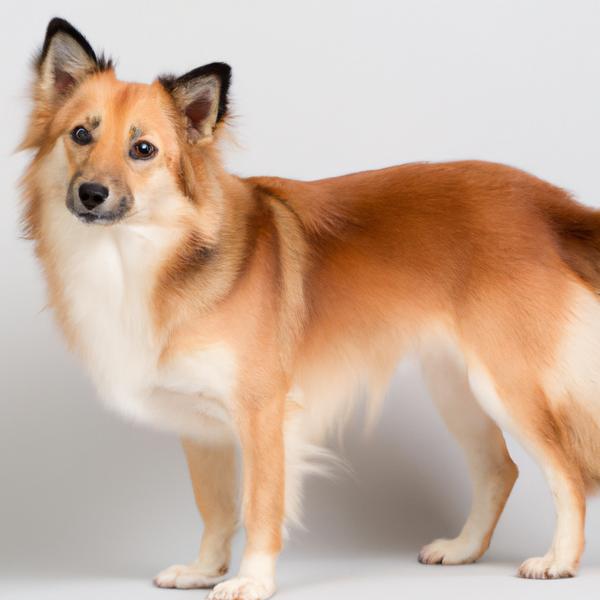
Foxingese
Tosa vs Foxingese
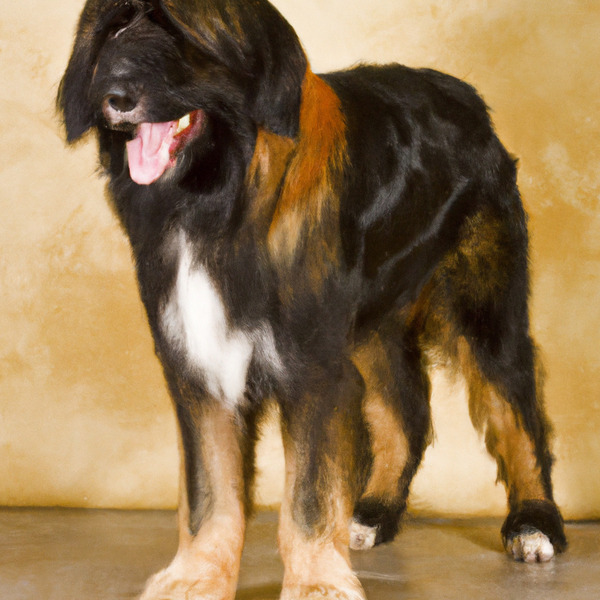
Cavador
Tosa vs Cavador
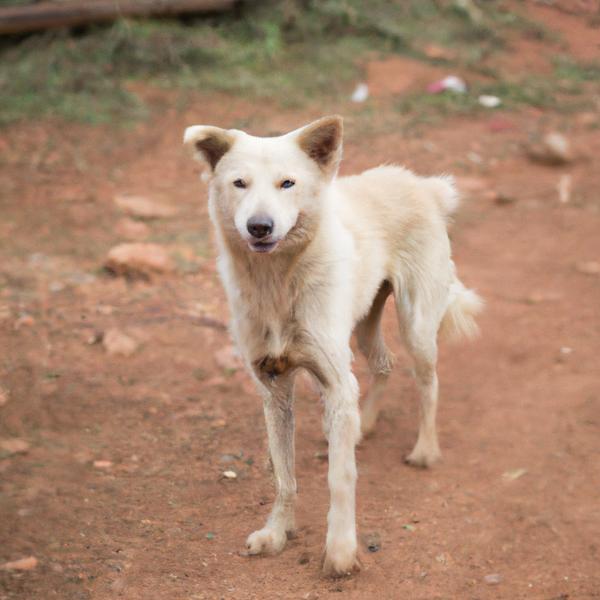
Wire Foxker
Tosa vs Wire Foxker
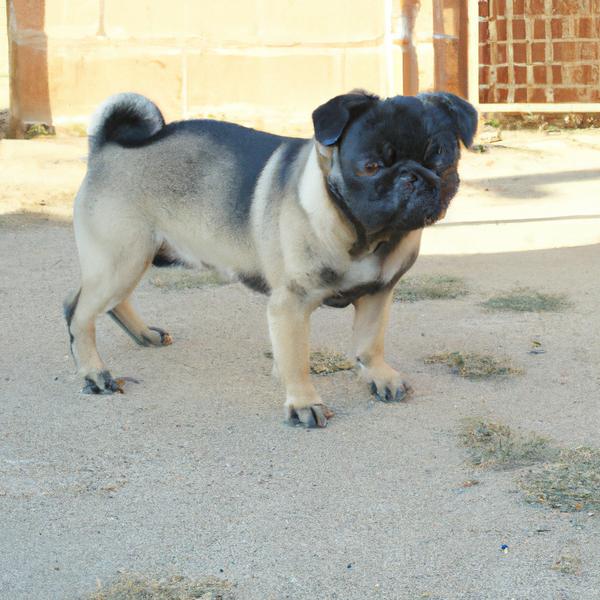
Japug
Tosa vs Japug
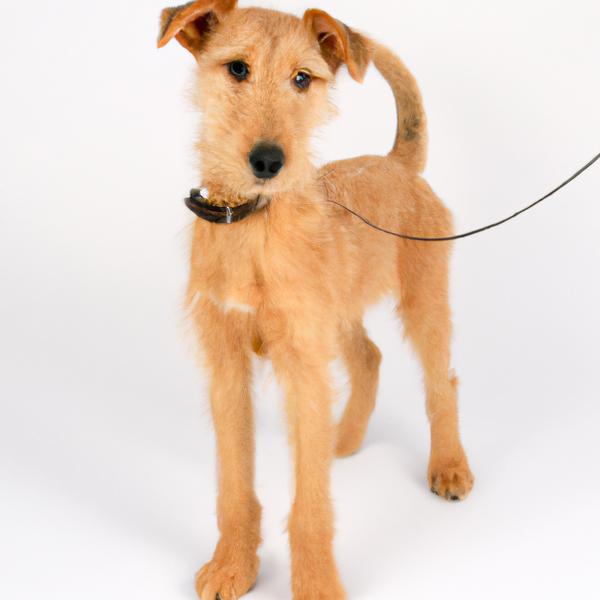
Wire Foxton
Tosa vs Wire Foxton
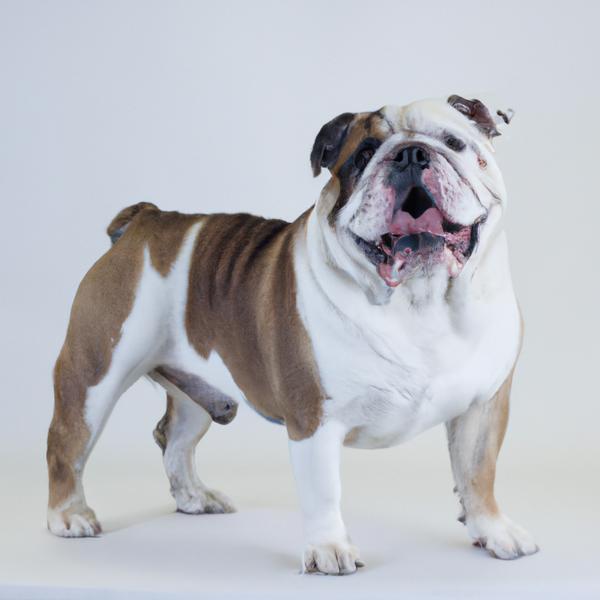
English King
Tosa vs English King
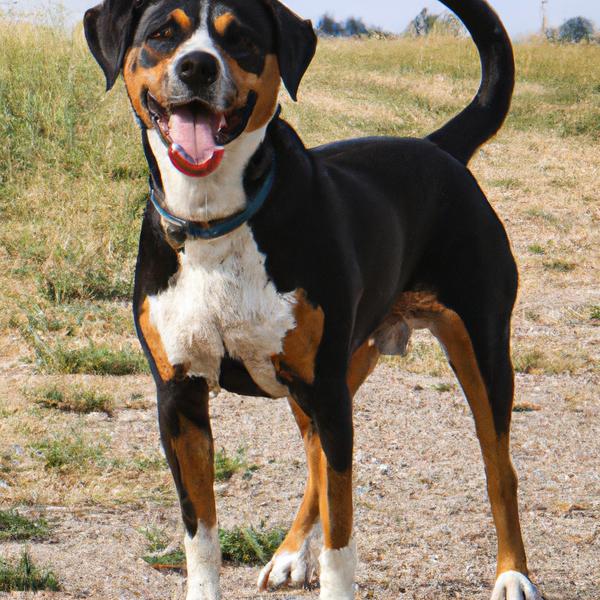
Entlebucher Pit
Tosa vs Entlebucher Pit
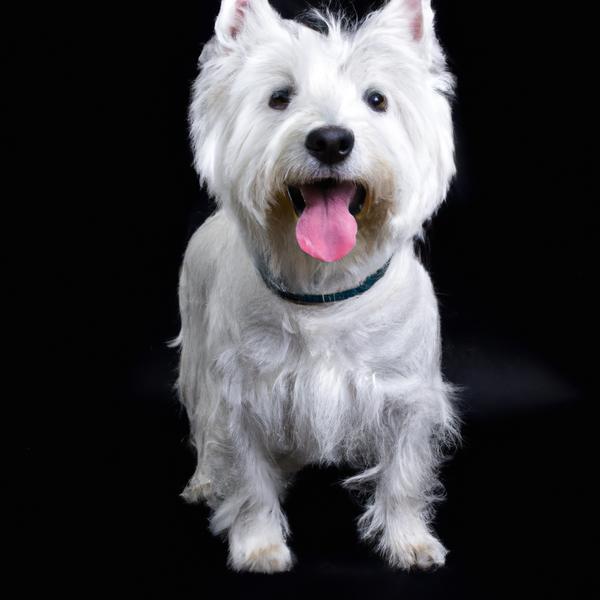
Westie-Laso
Tosa vs Westie-Laso
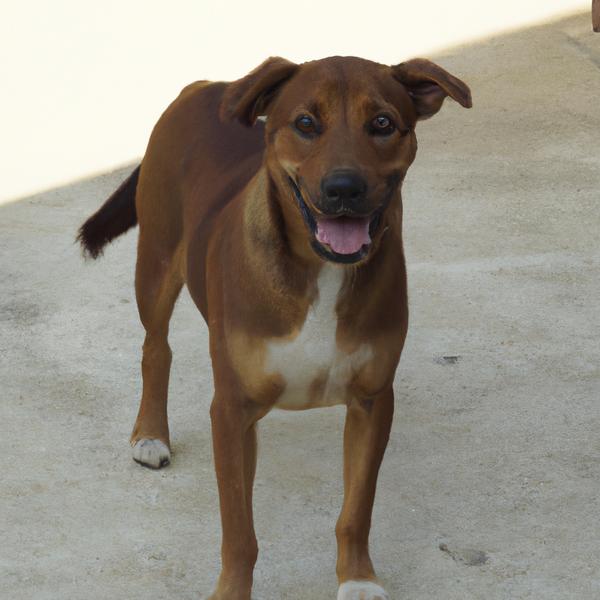
Rottle
Tosa vs Rottle
